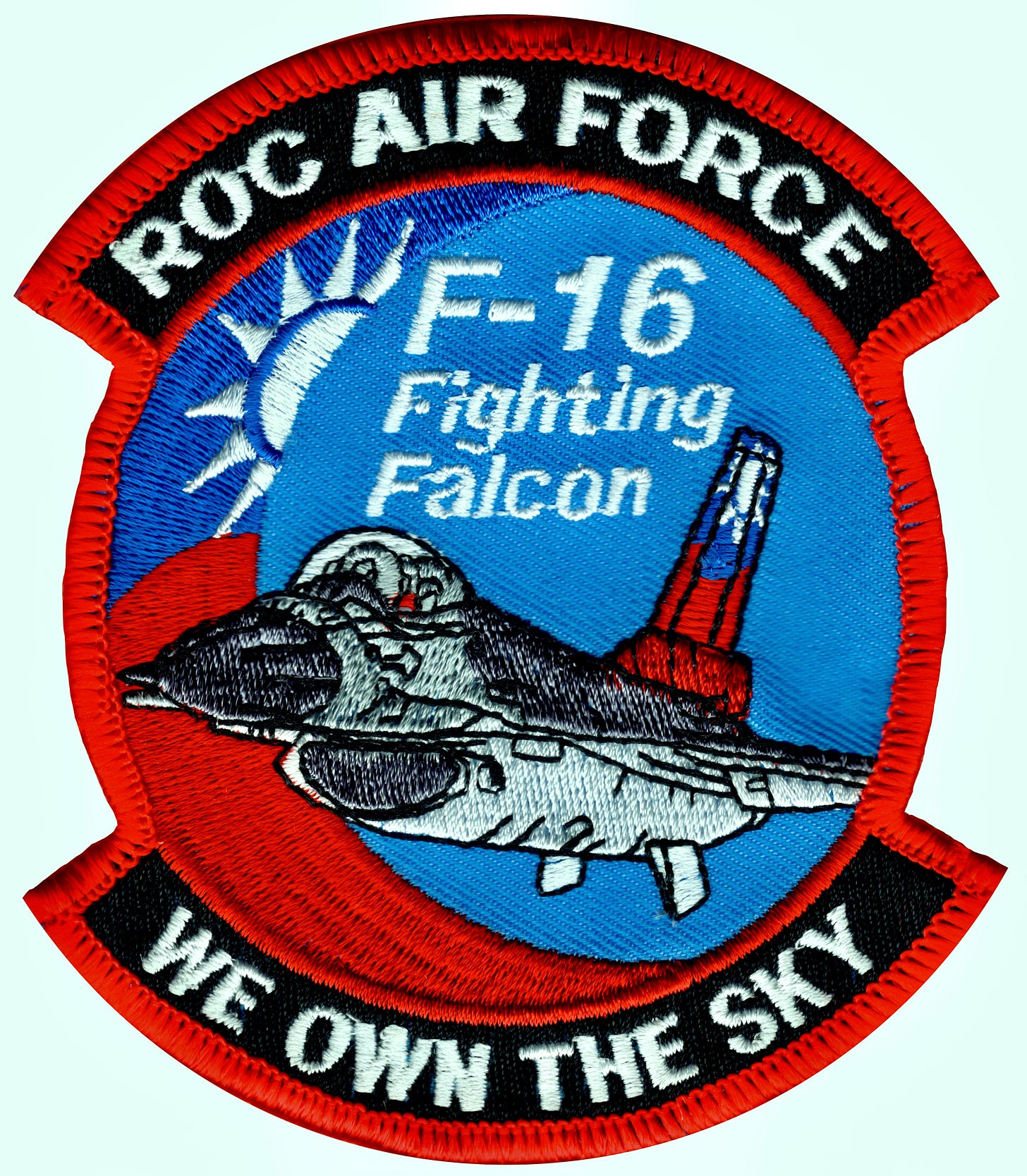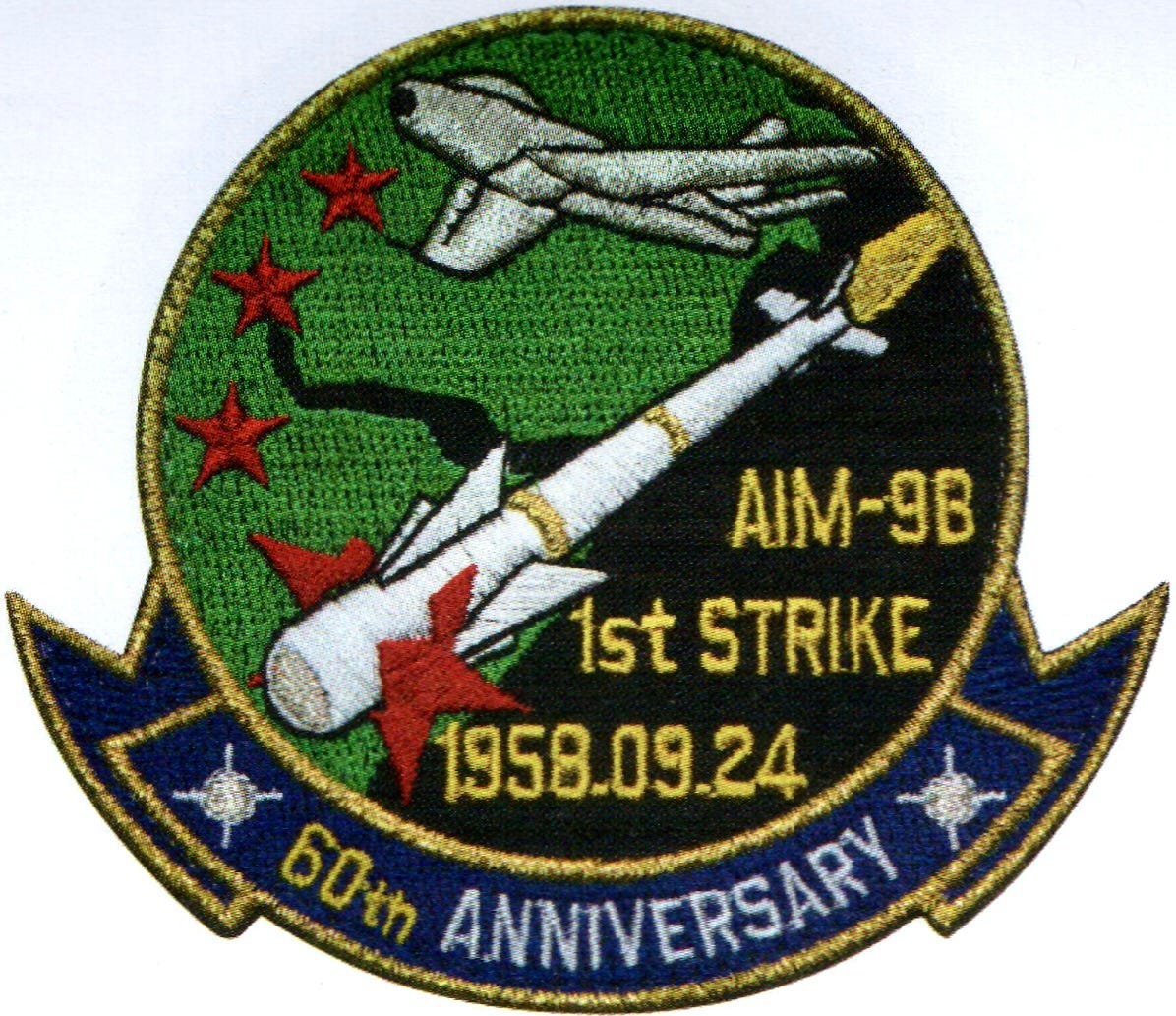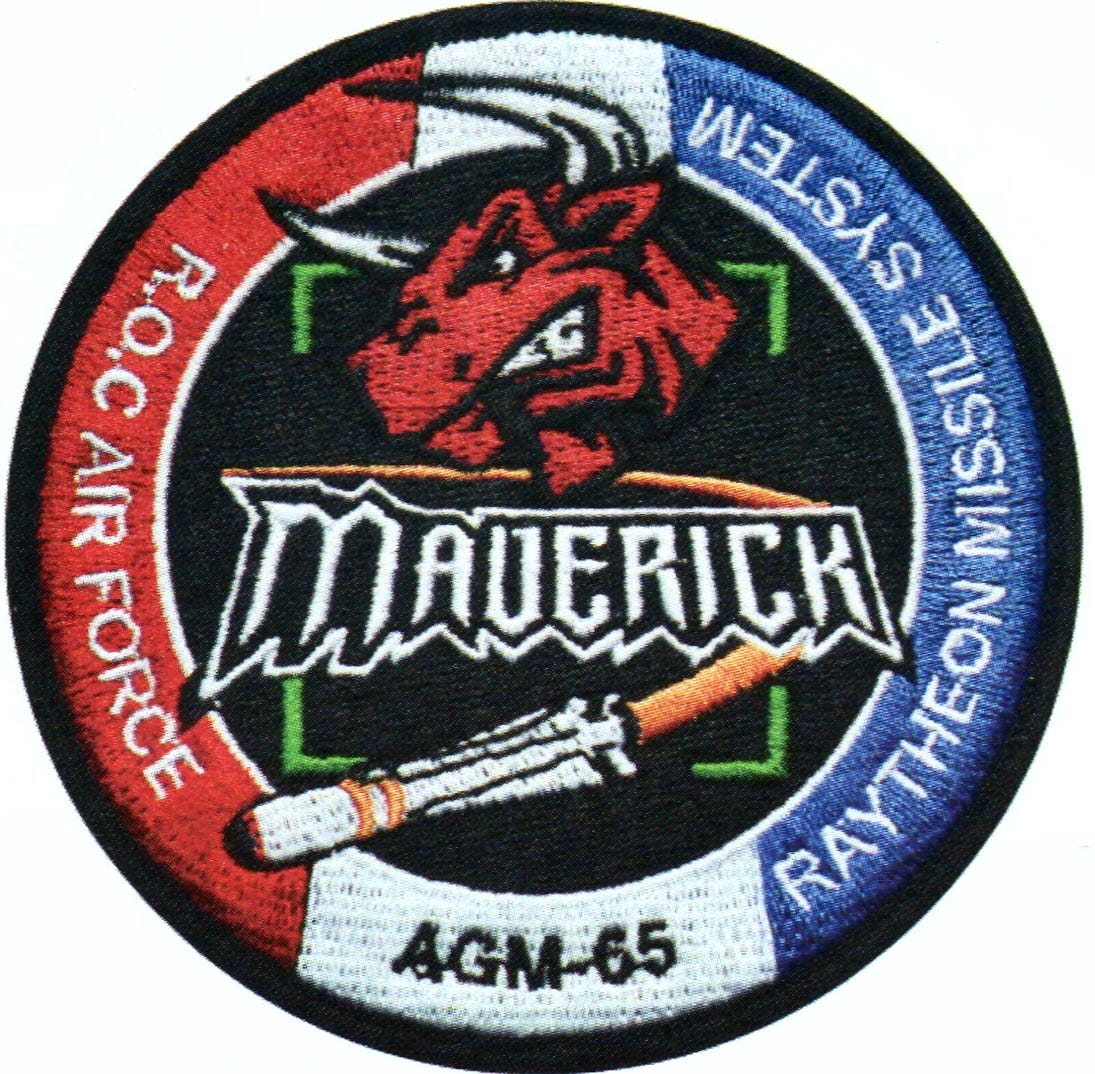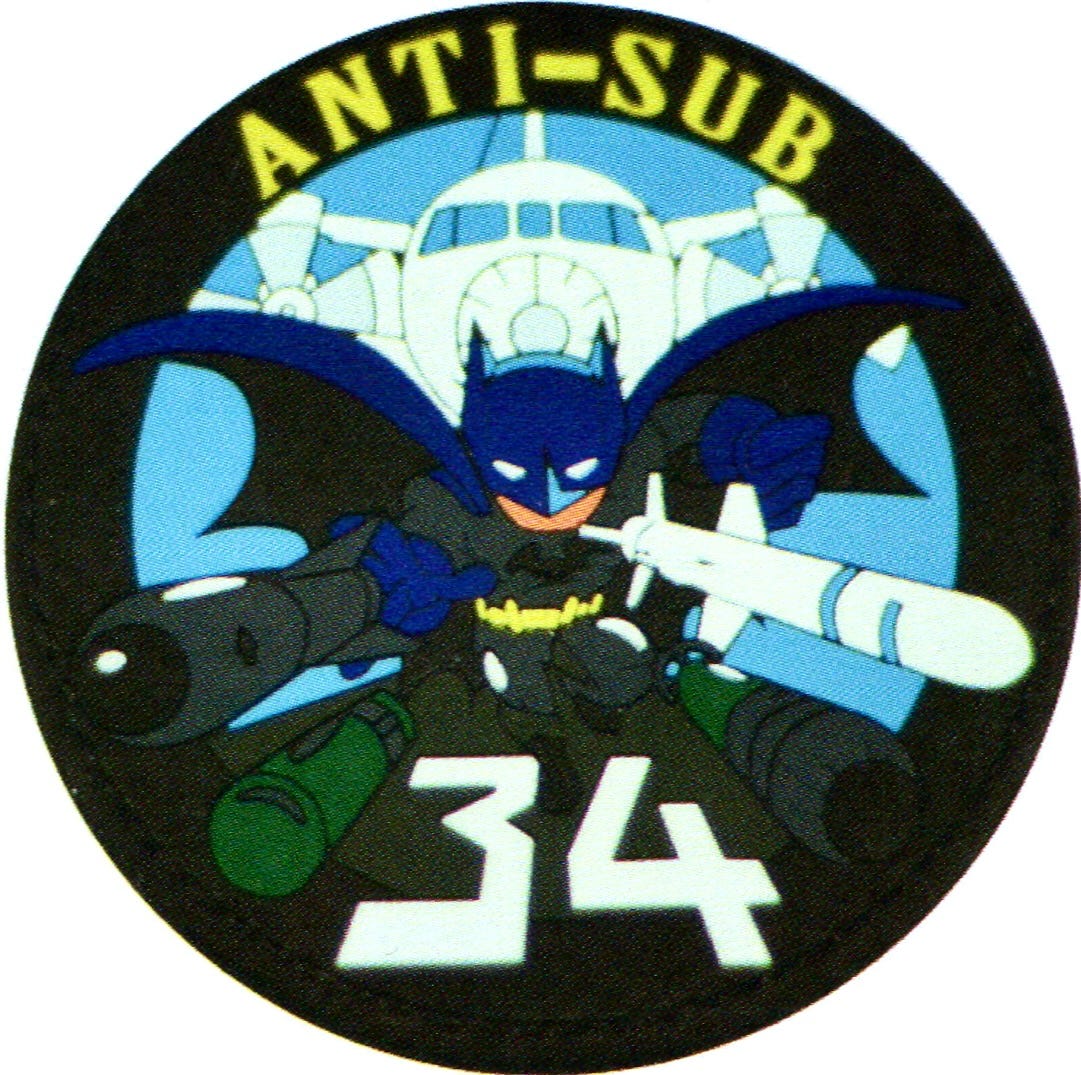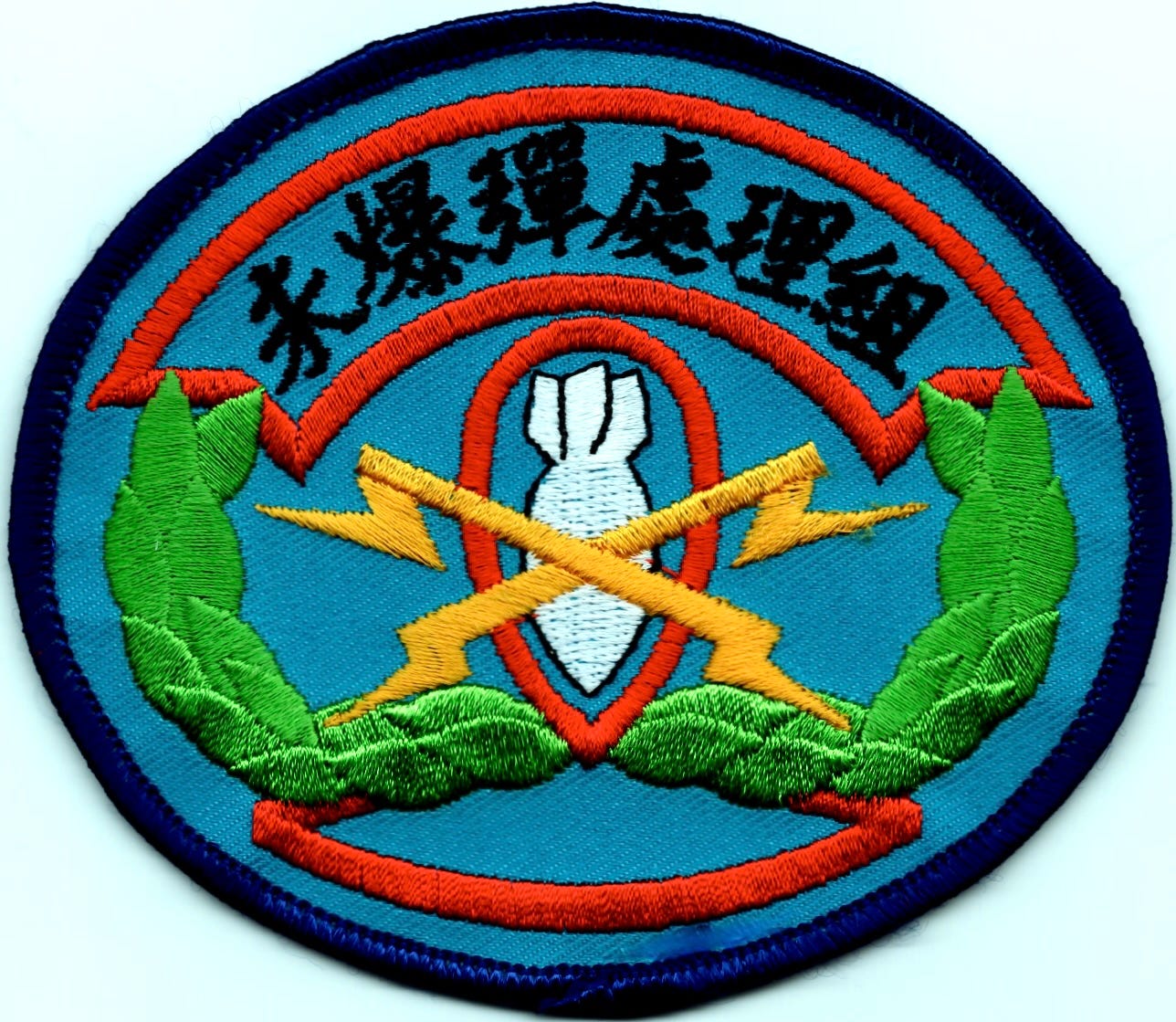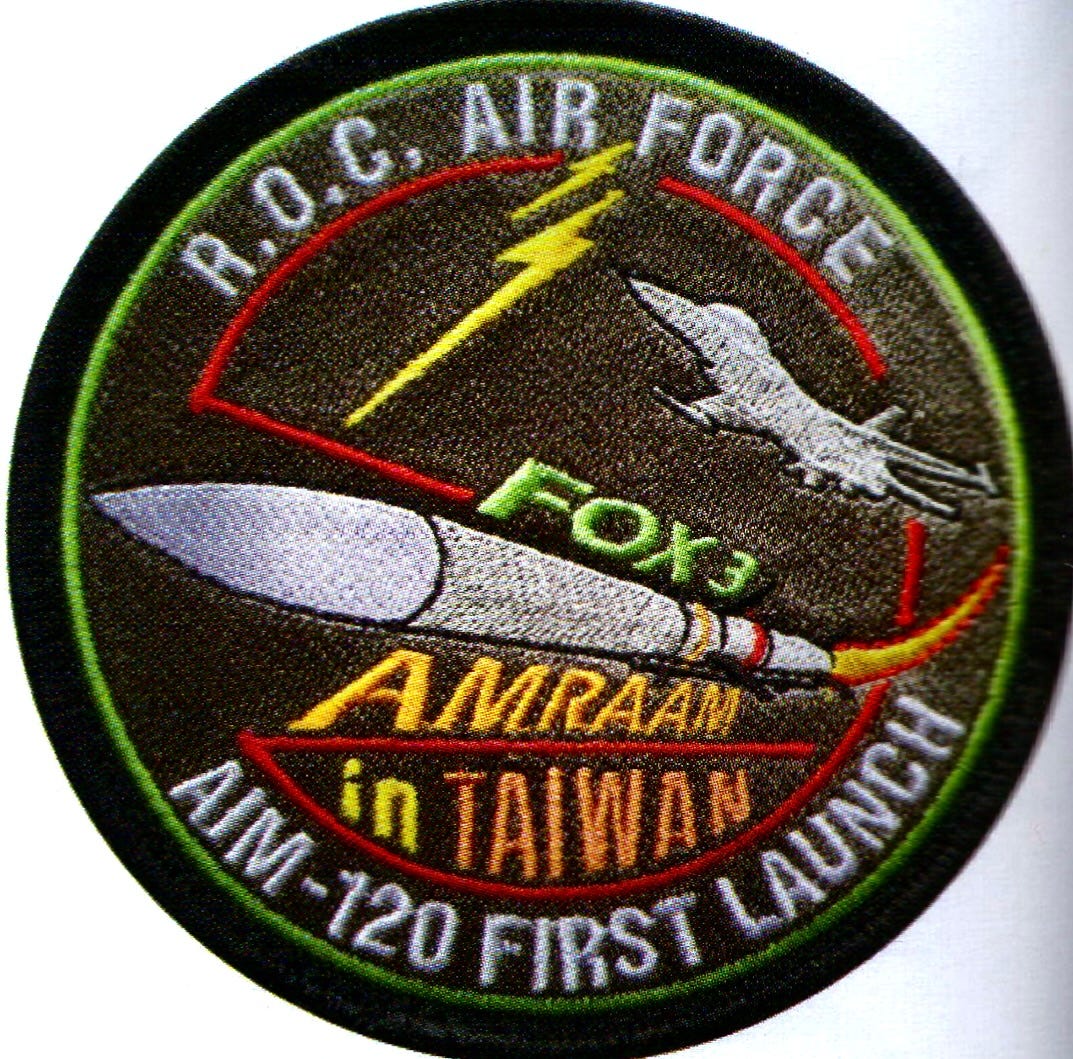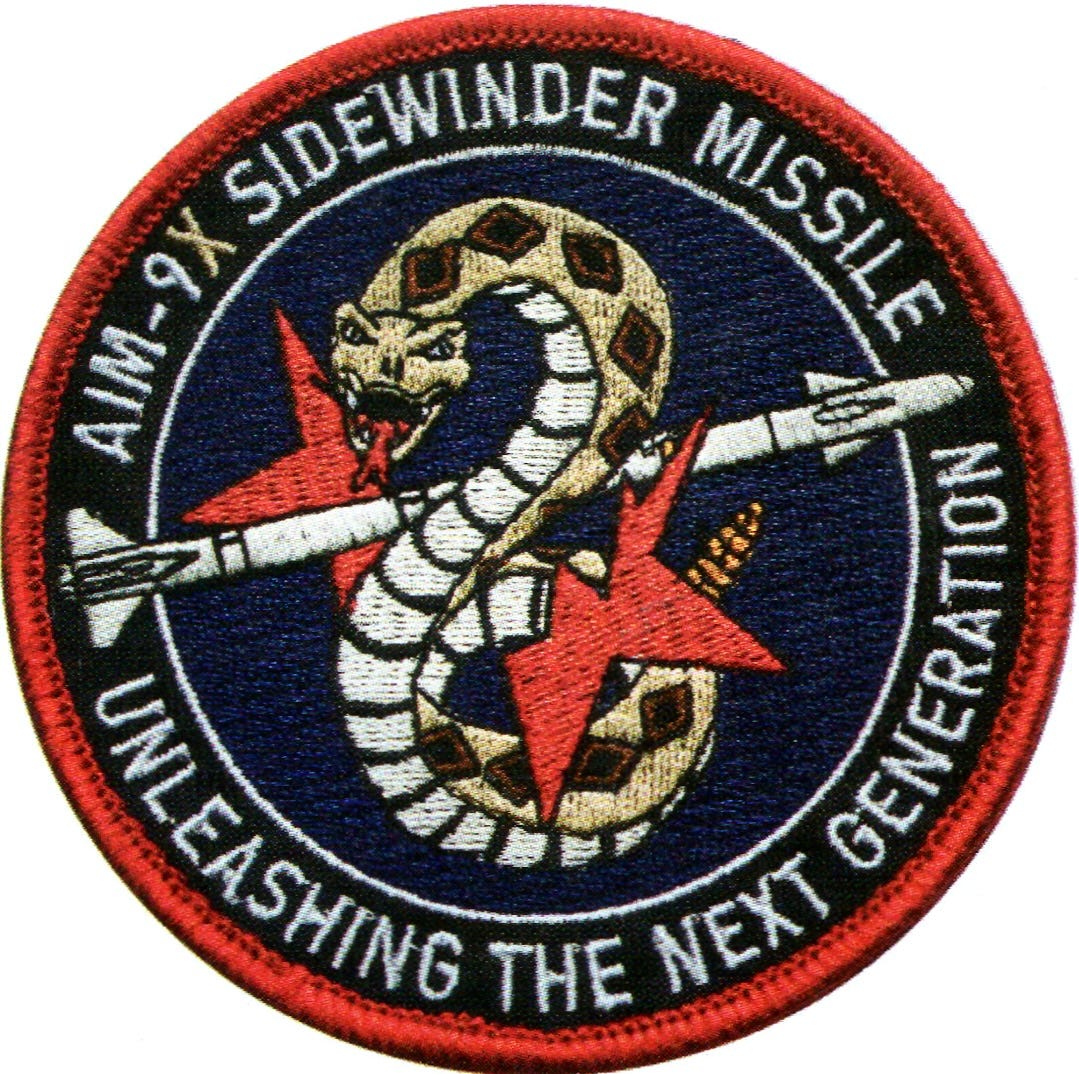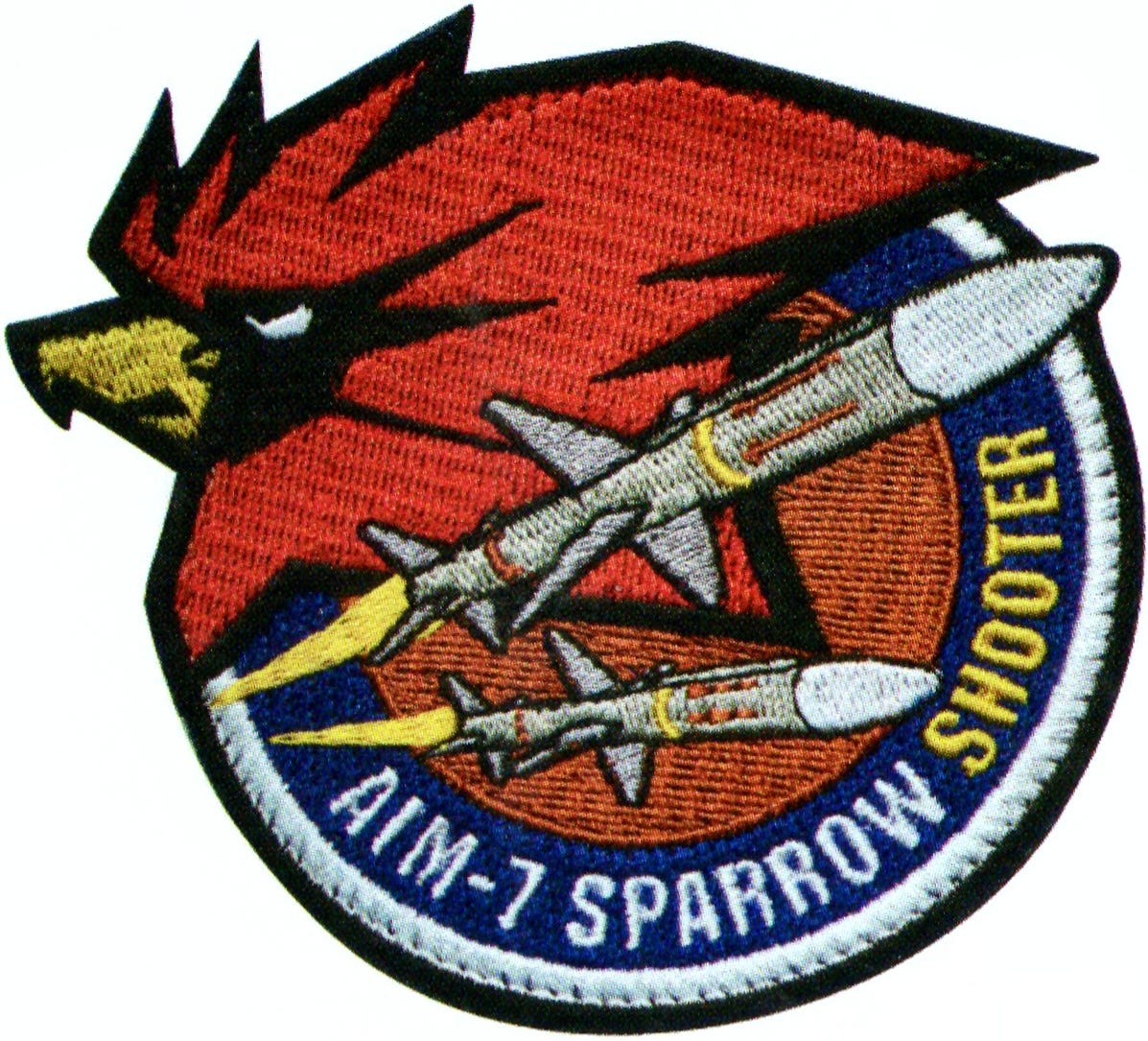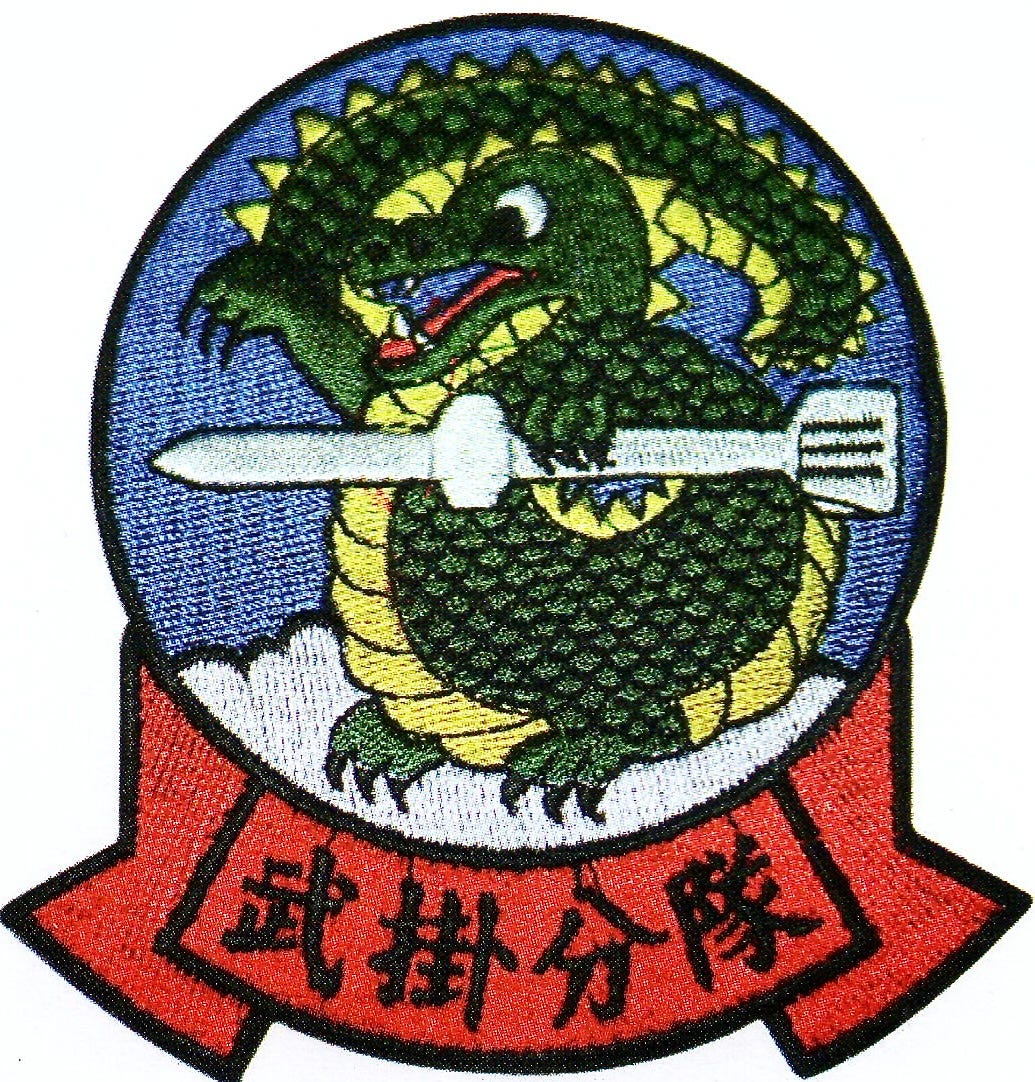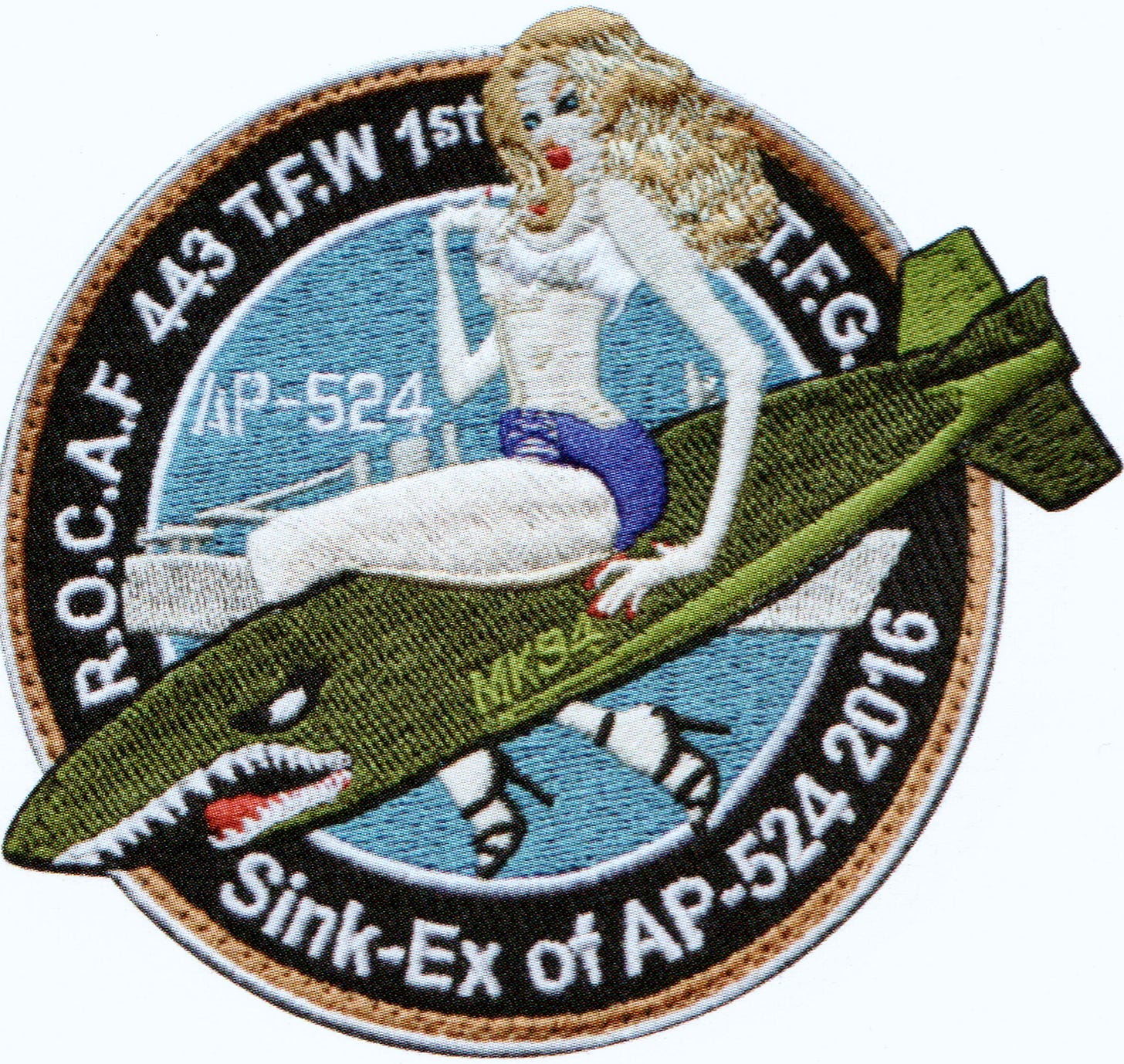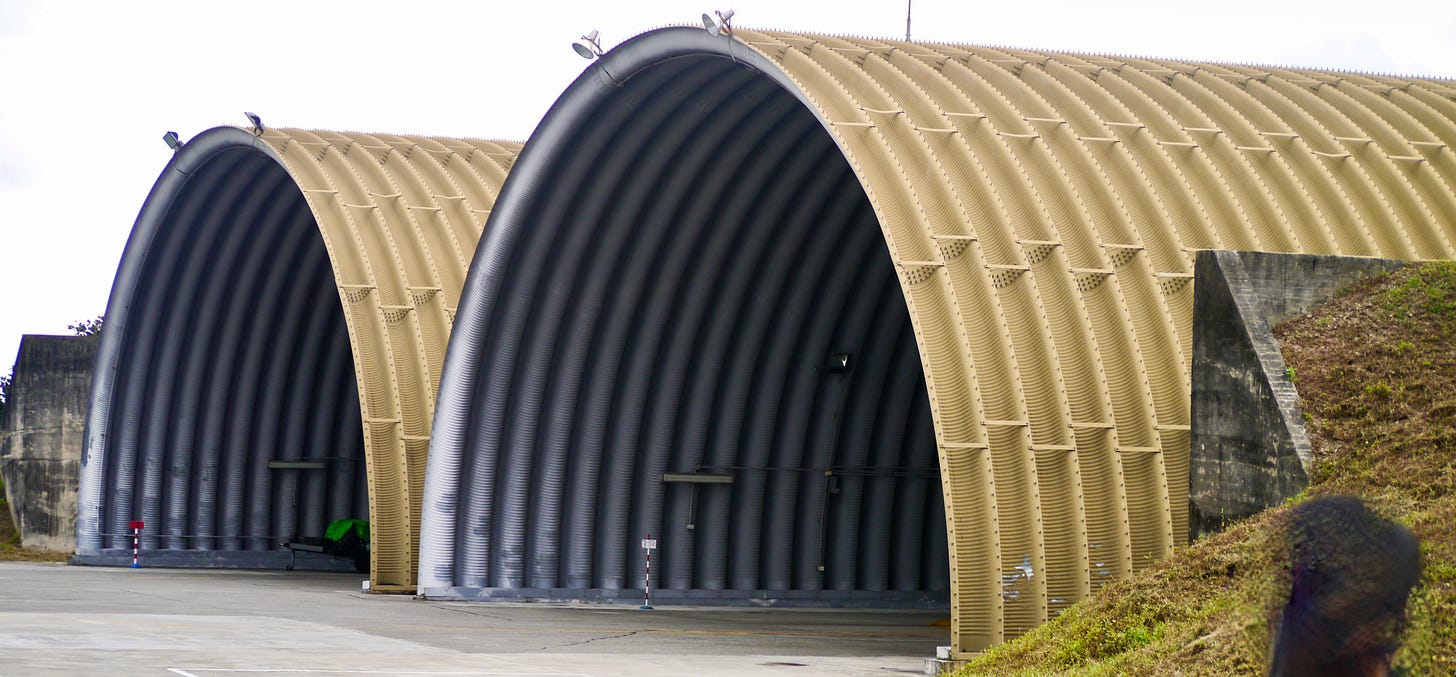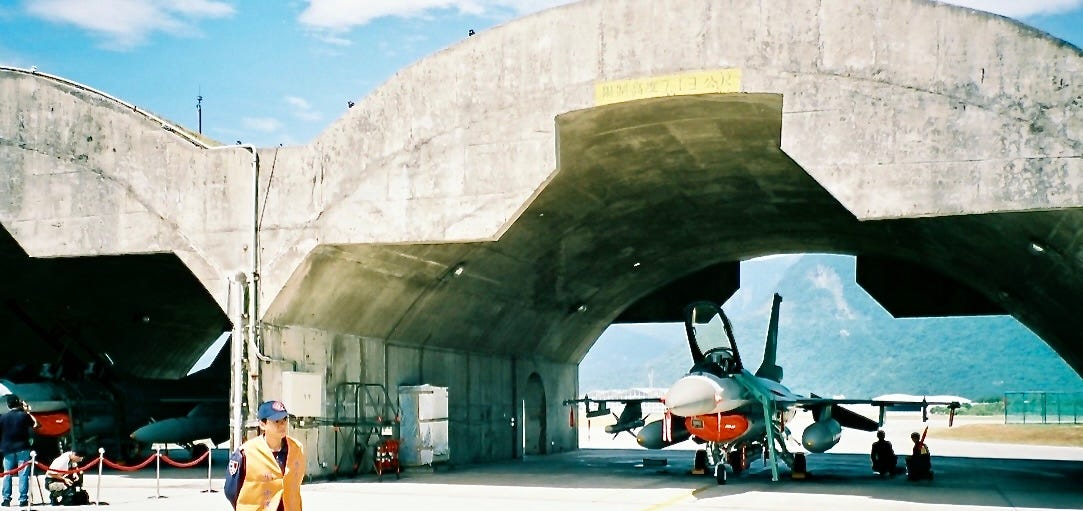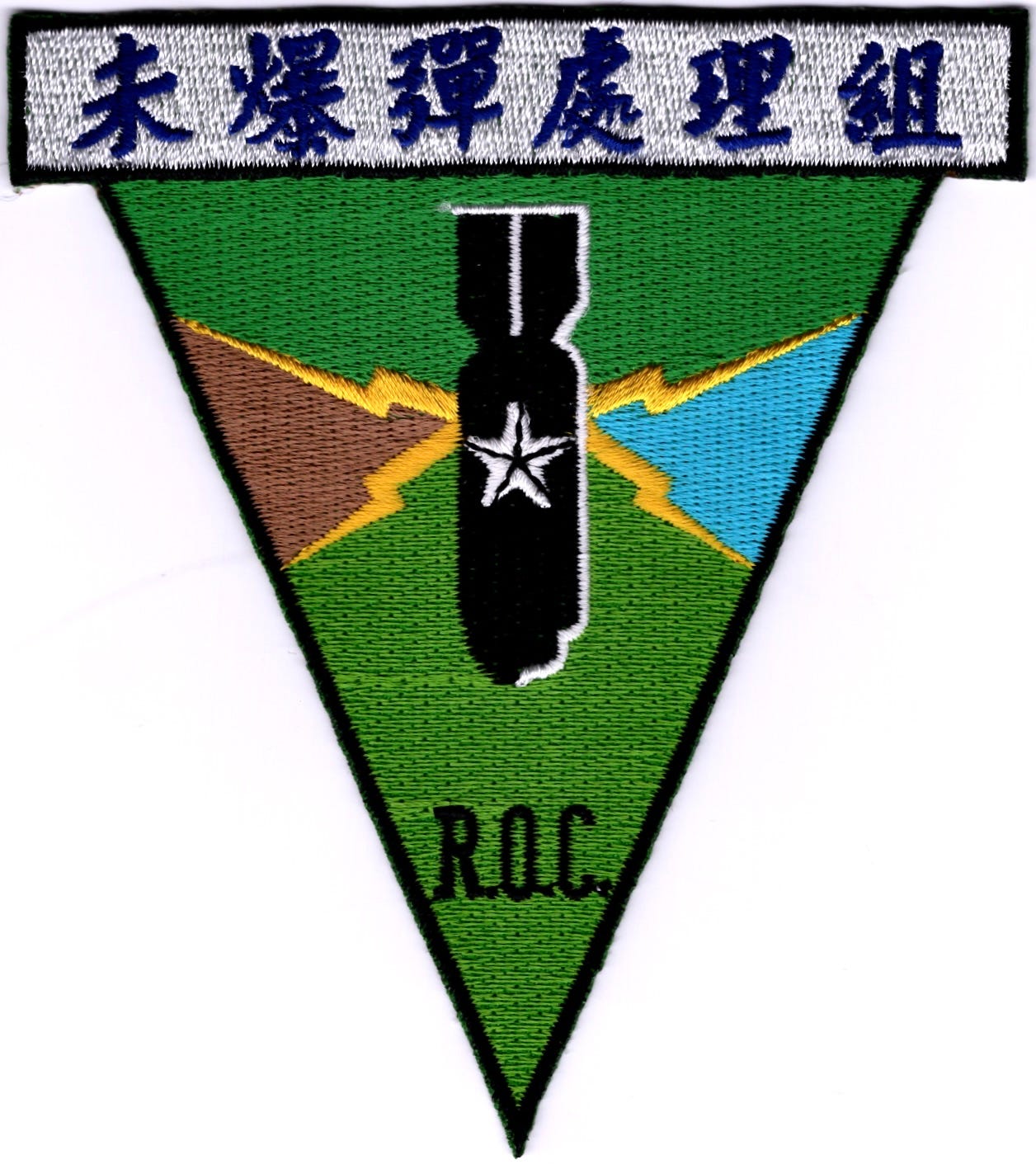China In Arms BOOKSTORE and GIFT SHOP!
Follow on Twitter
Subscribe: $5 Month/$50 Annual (unable to secure a subscription contact the bank for permission for Stripe deposits).
31 July 2022
Blast From The Past #1
Taiwan’s Military Will Fire Blanks
By Wendell Minnick (Whiskey Mike)
This is part of my Blast From The Past series of earlier articles, some 20 years old, that could have been written today.
With the Russian invasion of the Ukraine and threats to make a push to regain control of the Eastern Bloc, everyone in NATO and other U.S. allies are digging deep into their reserve stocks of munitions (bombs, flares, missiles, sensor pods, etc.).
This should be a concern for Taiwan as it might serve as a wink and a nod to China.
Taiwan does not have, nor has it ever had, a significant stockpile of munitions, particularly expensive missile systems for fighter aircraft.
The importance, for this backstory, is to understand that the Taiwan Air Force continues to use the same procurement procedures as it did in 2005.
For those of you who believe that Mark Stokes was the source of the story are incorrect. Between 1997 and 2004, Stokes served as Senior Country Director for China and Taiwan in the Office of the Secretary of Defense (OSD); retiring in 2004.
I believe it is now safe to identify the branch and office of the source, not the individual, that provided the list. The original article was not guesstimates, or hearsay, or luck, but facts.
My source was in the U.S. Deputy Under Secretary of the Air Force, International Affairs – Pacific. The identity of the source, given the massive size of this office, would be nearly impossible to spot today.
When this editorial was published, it caused a firestorm within Taiwan’s military. I was called before a senior official in Taiwan’s Air Force who demanded the source, denied the accuracy of the numbers, and that I would explain myself before a press conference about to be held downstairs.
At the time, I was still working for Jane’s Defence Weekly (JDW) and did not work for Taipei Times; therefore, the piece was published in the editorial section and not in the news section. There was a shorter article also published in JDW (most JDW articles were only about 200-300 words; the Taipei Times editorial was around 1,200 words). In 2006, Defense News (based in Washington) poached me from JDW; going from a stringer to salaried staff as the Asia Bureau Chief.
Unlike the original article, the below will include hyperlinks to better educate those unfamiliar with weapon systems. Today the Chinese military is radically far superior than 2005. Note the [brackets] are post-article issues that I included for this posting. Photos added to the below article were not in the original Taipei Times edition.
Above: Author collection. Does Taiwan still “Own the Sky”? Air power control is like the four stages of cancer. When the below op-ed was written In 2005, China finally established Air Parity with Taiwan. Where no side held any level of control. Later China slowly reached the status of Favorable Air Situation, where Beijing had limited air superiority depending on conditions. And now, in 2022, China has Air Superiority, evident from China’s ability to fly completely around the island. Next is Air Supremacy where China holds complete control of the skies above Taiwan. That would be checkmate.
TAIPEI TIMES
Taiwan's military will fire blanks
Wed, May 25, 2005
By Wendell Minnick
Editorial/Opinion
What kind of military buys 150 guns and only 120 bullets?
Taiwan's military, of course.
Taiwan's air force has enough munitions to last only two days in a war with China.
At present, Taiwan has a limited number of air-to-air missiles: 120 AIM-120 AMRAAMs, 600 AIM-7 Sparrows and 900 AIM-9 Sidewinders for its 150 F-16 Falcon and 60-plus F-5 Tiger fighter aircraft.
Above. The 1st Strike using an AIM-9B air-to-air missile on a Chinese MiG-17. Taiwan’s 44th Squadron shot the aircraft down on 24 September 1958. This is the 50th Anniversary Patch for 2018. Author collection. This was during the Second Taiwan Strait Crisis where under a U.S. Navy secret program called "Operation Black Magic" some of Taiwan’s F-86 Sabre fighters were outfitted with the newly developed AIM-9 Sidewinder. These missiles gave the Taiwan pilots a decisive edge over the Chinese Communists' Soviet-made MiG-15 and MiG-17 fighters in the skies over the Matsu Islands and the Taiwan Strait. The Sidewinder missiles scored numerous kills on Chinese fighter aircraft. However, one of the AIM-9 missiles lodged itself into a MiG-17 without detonating and was removed upon landing. The Soviets reverse-engineered it into the K-13.
Also, Taiwan only has 40 AGM-65 Mavericks and 58 AGM-84 Harpoons [anti-ship missiles] for ground targets.
Above. Taiwan now has refurbished P-3C Orion anti-submarine aircraft equipped with Harpoon Missiles. The 34th Black Bat Squadron uses the same logo as the CIA-Taiwan Air Force Black Bats program during the 1950s and 1960s. Screen Shot.
Taiwan's supply of missiles for its French-made Mirage 2000s and domestically produced Indigenous Defense Fighters (IDF) face similar deficiencies. [Mirage fighters were armed with the MICA and MAGIC; the IDF was armed with locally designed missiles – Tien Chien 1 and TC-2]
Above. Taiwan 6th Army (North). Explosive Ordnance Disposal (EOD). Author collection.
U.S. military sources say Taiwan needs a minimum of 350 AMRAAMs, 160 Harpoons, 75 Mavericks, and 3,000 Sidewinders to sustain it long enough for U.S. military forces to arrive to help defend Taiwan.
The minimum amount of time it would take the U.S. to respond is five days, but some estimates predict that Washington would debate the issue for as long as two weeks before committing forces to Taiwan's defense.
Taiwan originally requested 200 AMRAAMs for its F-16s, which was widely misreported in the media as the actual number purchased. But Taiwan finally opted for less.
"Why buy only 120? How long will those last in a war? Less than a day! That quantity is not operationally useful. Taiwan has to take their defense seriously, instead of just buying hi-tech weapons for their leaders' prestige. They purchase a fire truck and don't buy hoses," one discouraged U.S. defense official said.
Above. Taiwan Armaments Branch. Author collection.
There are many theories why Taiwan does not buy a sufficient number of munitions.
One common belief is that the Ministry of National Defense prioritizes the procurement of platforms, such as aircraft, with minimal purchases of logistics support and munitions in order to save money.
So when a crisis flares, the ministry would simply place emergency orders for the missiles it needed.
This theory is probably much closer to the truth than one would like to believe.
Taiwan placed an emergency order for munitions with the U.S. during the Taiwan Strait missile crisis in March 1996. The order was canceled after the crisis abated.
Another theory suggests that when the Chinese Nationalist Party (KMT) was still in power, its policy was to put up a fight just long enough to force China to the negotiating table on terms more favorable to Taiwan.
Taiwan and China would be unified, but Taiwan's military and the political "powers that be" would not lose face.
The most popular theory is that Taiwan's military only buys weapons -- such as fighter jets -- that serve as a political or symbolic tool.
Munitions are not sexy in a political or symbolic way. Compared to F-16s, a bomb was boring. [unless you made it into a weekend patch]
Above: ROCS Yuen Feng (AP-524) Attack Transport Ship sunk by a Mk 94 gas bomb, which is essentially a Mk 82 Mod 1 general purpose, low drag bomb, modified for gas bomb filling. The modification consists largely in the elimination of the electric cable conduits from the low drag bomb, and the addition of a burster and filler hole. Bomb dropped by Indigenous Defense Fighter (IDF) in 2016. 1st (443rd) Tactical Composite Wing, 1st Tactical Fighter Group (Vultures or Gymnogynps), Tainan Air Base. Weekend Patch - Not Official. Author collection.
Additionally, given the belief that China would only attack if Taiwan declared independence, when the KMT was in power there was no chance of that happening. The government "bought a fire truck without hoses" because it did not believe there would be a fire.
Today the situation has changed dramatically. The KMT is no longer in power. [in 2005, Chen Shui-bian of the Democratic Progressive Party] The military no longer has the luxury of fighting a limited war. And China's military is no longer the weaker sex.
Now China's strategy is to force a quick military and political capitulation during timelines that have shortened over the past five years. Taiwan needs a viable "force in being." There will be no time for an emergency delivery of AMRAAMS or Sidewinders. It would be a "come as you are" war.
What does this mean for a Taiwanese air force pilot engaged in a dogfight with Chinese fighters? It means a lot of "yankin' and bankin."
Taiwanese pilots already have a lot of cynicism about their jobs. Air combat missions against Chinese targets are referred to as "one-way tickets."
Entering China's air-defense network would be like being sucked into a black hole.
This is why Taiwan also needs additional ALE-50 towed radar decoys. Taiwan has refused to procure an operationally useful number of these decoys. To date they have ordered less decoys than would last one full day if a war started.
Taiwan needs two launcher controllers per 150 F-16s (300 in total). The decoys are not reusable, so in a shooting war, assume there are 1.5 decoys per sortie, multiply that by 100 aircraft flying two sorties per day, then multiply that again by 10 days of fighting, and you have 3,000 decoys.
Taiwan has purchased less than 5 percent of that number of decoys, and only 56 of the launcher controllers. The ALE-50 goes a long way in ensuring the survivability of the F-16 against China's missiles. A ministry report released last year concluded that Taiwan's air force would be "destroyed in a few days." [that was in 2005, today it would be in hours]
Still, Taiwan's air force has fought off U.S. pressure to fortify its aircraft shelters with additional cement. A simple low-cost measure is ignored because it is not sexy. [since 2005, Taiwan began limited improvement to shelter upgrades]
Above. Some of the new aircraft shelters designed to better protect fighter aircraft at Hualien Air Base. Below. old concrete aircraft shelters; most of which are still in use on Taiwan air bases. Author Photos.
U.S. defense sources have also been discouraged by Taiwan's decision to withdraw its F-16s from the Luke Air Force Base air-combat training program last year. One U.S.defense source described the decision as a "disaster." [after tremendous pressure from the U.S. government, Taiwan reversed the decision]
Taiwan's participation in the program gave pilots a first-class education in aerial combat, beginning in 1997.
Above. Taiwan’s 21st Fighter Squadron (Gamblers). Luke Air Force Base, Arizona. F-16A/B Block 20 Fighter Aircraft. Author collection. Note: Singapore’s F-16s also train at Luke under the Black Widows. The patch above is for the Red Flag Exercise in Alaska.
Taiwanese pilots learned long-range low-altitude penetration, air-to-air combat, air combat maneuvering, instrumentation, night attacks and maritime interdiction. Taiwanese pilots have been recurrent winners of the Turkey Shoot competition and the Frank Luke Award for flying.
China's force modernization has resulted in a deployment of 800 fighter aircraft, including new Russian-made Su-27 and Su-30 fighters, within 1,100km of Taiwan. In addition, Taiwan is now facing 700 Dong Feng-11 (M-11) and DF-15 (M-9) tactical ballistic missiles. [this article was written in 2005: China’s missiles and fighters are in the thousands; there is also the fact that since 2005, China has since fielded the J-10, J-11, J-15, J-16, J-20, J-31 fighter aircraft; not to forget the new DF-21D anti-ship ballistic missile, dubbed the aircraft carrier killer].
What does all of this mean in a war with China? China will sexually rampage Taiwan.




